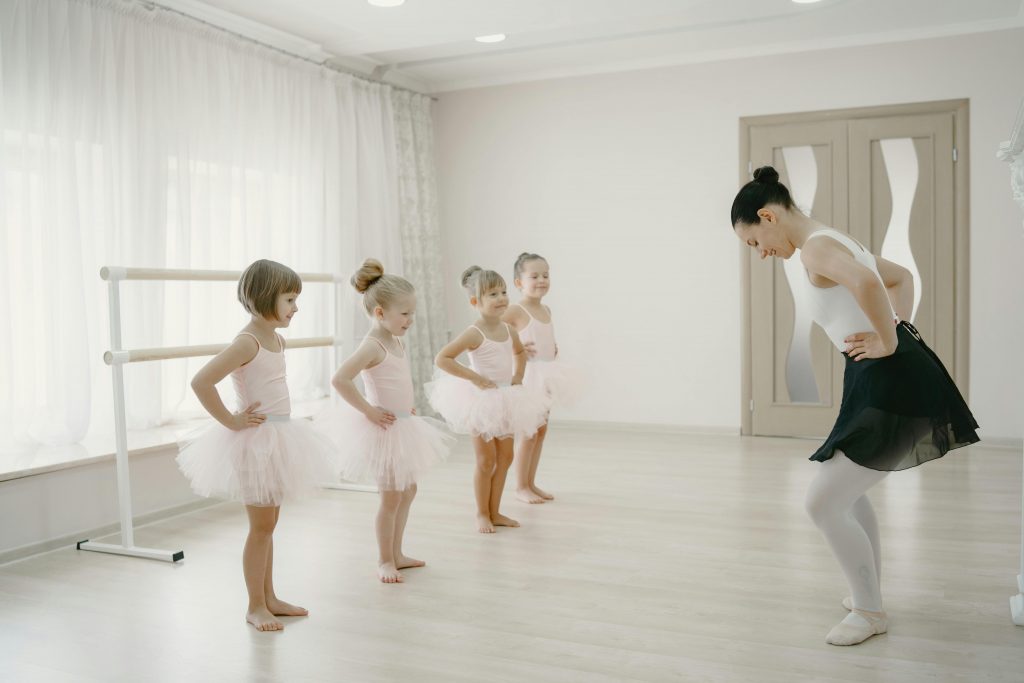Starting a dance studio is a thrilling journey, but having a solid business plan is essential for success. A well-structured plan helps you define your goals, secure funding, and map out your path to growth. In this blog, we’ll guide you through creating a dance studio business plan, complete with practical examples to inspire your own.
Why You Need a Business Plan for Your Dance Studio
A business plan isn’t just for securing funding; it’s your roadmap to success. It clarifies your goals, defines your audience, and outlines how you’ll achieve them. For instance, a strong plan can help you identify opportunities to stand out in a competitive market or avoid overspending on unnecessary expenses. Think of it as your studio’s choreography—it keeps you on track and ensures every step is purposeful.
Key Components of a Dance Studio Business Plan
Creating a business plan might seem daunting, but breaking it down into key sections can make the process manageable. Here’s what to include:
1. Executive Summary
This is a concise overview of your business. It should highlight your mission, vision, and the services you’ll offer. For example: “At Rhythm Academy, we provide high-quality dance education for all ages, focusing on building confidence and artistry.” This section should be compelling and capture the essence of your studio in just a few sentences.
2. Market Analysis
Research your target audience and competition. Who are your ideal students? Are there gaps in the market you can fill? For example, you might discover that there’s a high demand for beginner ballet classes for children aged 3-7 in your area. Highlight how your studio’s offerings will meet this demand and differentiate you from competitors.
3. Services and Offerings
Detail the classes and services your studio will provide, such as ballet, jazz, hip-hop, or summer camps. For instance: “We offer beginner to advanced classes for children and adults, with a focus on technique and performance opportunities.” Mention how tools like StudioAlign can streamline scheduling and class management to enhance your offerings.
4. Marketing and Promotion
Explain how you’ll attract students to your studio. This could include social media campaigns, local advertising, or partnerships with schools. For example: “We’ll run a targeted Facebook ad campaign to reach local families interested in dance classes.” Highlight how StudioAlign’s future marketing add-ons can simplify your promotional efforts.
5. Financial Projections
Provide estimates for costs, income, and profitability. For example: “With an initial enrollment of 50 students paying £50/month, projected monthly revenue is £2,500.” Include key expenses such as rent, instructor salaries, and marketing. Clear financial projections will help you stay on budget and achieve profitability faster.
6. Operational Plan
Describe how your studio will function day-to-day. This includes managing schedules, tracking payments, and communicating with parents. StudioAlign’s all-in-one platform can simplify these tasks, giving you more time to focus on teaching and growing your studio.
7. Goals and Milestones
Set realistic goals for your studio. For example: “Enroll 100 students in Year 1 and launch competitive teams in Year 2.” Milestones help you measure progress and stay motivated as you grow.
How to Tailor Your Business Plan to Your Studio’s Needs
Every dance studio is unique, so your business plan should reflect your specific goals and offerings. For instance, if you specialise in competitive dance, include detailed training schedules and competition plans. If your focus is on recreational dance for young children, highlight how your classes create a fun and nurturing environment.
Tailoring your plan ensures that it aligns with your vision and resonates with potential investors, partners, and students.
Free Dance Studio Business Plan Example
Here’s a simplified outline to help you get started:
- Executive Summary: Who you are, what you offer, and your target audience.
Example: “At DanceDream Academy, we provide quality dance education for ages 3 and up, focusing on creativity and confidence building.” - Market Analysis: Highlight local demand for dance classes and how you’ll stand out.
- Services and Offerings: List your classes and additional services (e.g., private lessons, recitals).
- Marketing and Promotion: Outline how you’ll reach potential students and parents.
- Financial Projections: Provide estimated costs, revenue, and profit margins.
- Operational Plan: Detail how your studio will run smoothly day-to-day.
- Goals and Milestones: Set measurable objectives for growth.
Conclusion
Creating a well-thought-out business plan is the first step to opening and growing a successful dance studio. It provides clarity, helps secure funding, and ensures you’re prepared for the challenges ahead.
Once your studio is up and running, StudioAlign is here to help you streamline operations, from class scheduling to payments and communication. Find out more about our features and take the first step toward building your dream studio! Start your 5-day free trial today – click here to learn about our pricing.




